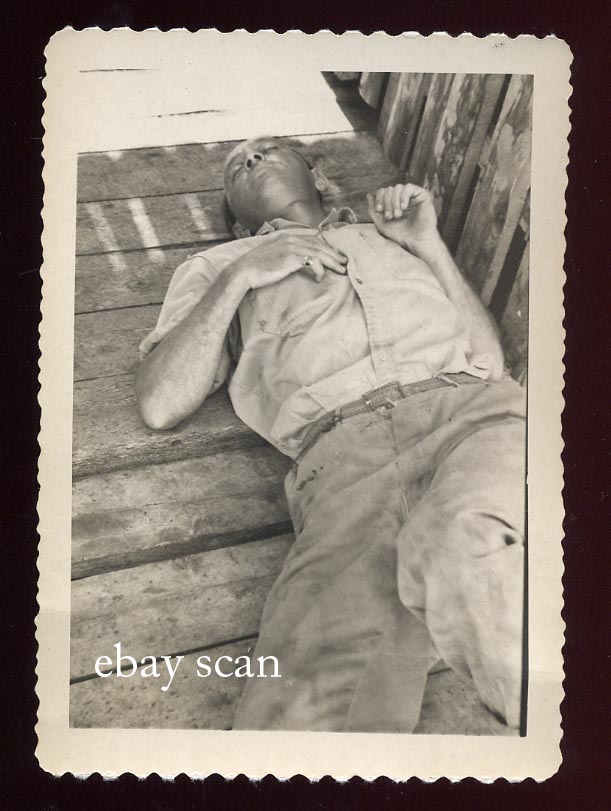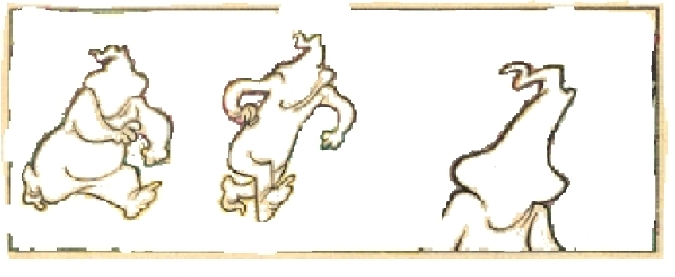Schwarz
View current page
...more recent posts
A comical brass seated pixie on a mushroom bottle opener. The opener measures approx. 5" in length. There is a top hole or ring to hang him on the wall. The pixie is only cast on one side, the back is flat. The opener itself is stamped "Gt. Britain" on the back side. The pixie is also known as the Lincoln Imp. According to legend, the Devil sent Imp's to England's Lincoln Cathedral, where they turned those wo performed "devilish acts" to stone and hid the workmen's tools overnight. A great little piece to add to a barware collection!
katrina furniture project
uncommon sound - the left handed guitar players that changed music
cartoon brew
jigokudani-yaenkoen snow monkey livecam

since when are apologies published as a pay per view item in (ny) times select:
"i'm sorry marguerite. nicholas kristof apologizes for the tone but defends the contect of his sunday column on darfur."
gutter gone belly up.
house at pooneil corners
via zoller
The ravaged neighborhoods of New Orleans make a grim backdrop for imagining the future of American cities. But despite its criminally slow pace, the rebuilding of this city is emerging as one of the most aggressive works of social engineering in America since the postwar boom of the 1950s. And architecture and urban planning have become critical tools in shaping that new order.
Nowhere is this more apparent than in the federal Department of Housing and Urban Development’s plan to demolish four of the city’s biggest low-income housing developments at a time when the city still cannot shelter the majority of its residents. The plan, which is being challenged in federal court by local housing advocates, would replace more than 5,000 units of public housing with a range of privately owned mixed-income developments.
Billed as a strategy for relieving the entrenched poverty of the city’s urban slums, it is based on familiar arguments about the alienating effects of large-scale postwar inner-city housing.
But this argument seems strangely disingenuous in New Orleans. Built at the height of the New Deal, the city’s public housing projects have little in common with the dehumanizing superblocks and grim plazas that have long been an emblem of urban poverty. Modestly scaled, they include some of the best public housing built in the United States.
So it’s not surprising that many of its residents suspect a sinister agenda is at work here. Locked out of the planning process, they fear the planned demolitions are part of a broad effort to prevent displaced poor people from returning to New Orleans.
space food sticks
zero yen houses
Does Downtown still exist — and does it matter? The quick answer to the first question is no. “Up Is Up” drives home the argument that it wasn’t just rising rents but AIDS that brought this period to a definitive end. The age of outrageous play was replaced by an age of sex ed and condo conversions. The media may proclaim Red Hook or Bushwick the new Bohemia, but these neighborhoods simply don’t have the seedy charge of the East Village in the 1970s and ’80s — and contemporary hipster style, intellectual and sartorial, hardly has the same anti-authoritarian bristle. As little kids in New York in the 1980s, my brother and I were scared (I blush to remember) of punks’ metallic studs and mohawks; it’s hard to imagine first graders being terrified of a hipster in a trucker cap and expensive jeans. Today, the city is so expensive that the real Bohemians are dispersed among disparate, far-flung neighborhoods.
karen black my space / the song tarantula has edgar oliver intro
brooklyn vegan covers KB
more KB on BV
single-contraption video / site wont link : http://www.baynhamtyers.com/contraption_video.htm
personal blimp
via zars
the hound archive
green surfboards
via zars
i noticed this product on the road the other day. i believe they were either flesh or champagne. not sure.
Ms. Horton, the farthest thing from an art-world aesthete, had never heard of Pollock when she purchased a canvas she describes as so ugly that she tried to give it away to a friend (“We were going to throw darts at it,” she recalls), but it wouldn’t fit through the door of her friend’s trailer. At a garage sale a local art teacher spotted the painting and suggested it might be a Pollock. Her curiosity whetted, Ms. Horton began calling Los Angeles art dealers. Her son, Bill Page, joined the search, which became a decade-long quest for validation of her purchase.
As this smart, hard-bitten woman with an eighth-grade education pursues her quest, the documentary portrays the debate between connoisseurship and science as a culture war. Among the connoisseurs who insist that a refined eye is the ultimate judge of authenticity is Thomas Hoving, the former director of the Metropolitan Museum of Art in New York, exuding contempt and superciliousness. He is the most outspoken in his rejection. Shown the painting, he dismisses it as “pretty, superficial and frivolous.”
chuck06's container house design
nyt again picking up on rat rod design influence.
via jschw
lumberjack

